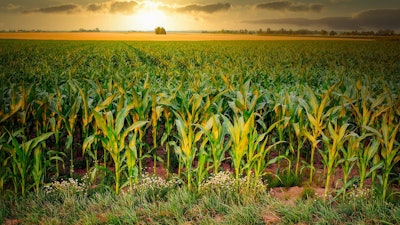
This week's headlines for Neogen's Monday Mycotoxin & Crop Report for August 28:
- Bands of rainfall across the Corn Belt, Northeast and Southeast
- Hurricane Hillary makes landfall in Southern California
- Winter wheat harvest nears completion
Weather and harvest updates
The USDA’s August 22 bulletin reports Hurricane Hillary made landfall in Southern California and brought tropical storm conditions to the Southwest, already experiencing monsoon related surge.
Significant rainfall also occurred across the Northern Corn Belt and into the Northeast, as well as across the Southern Corn Belt, Tennessee Valley, and Southern Atlantic.
The Plains and Midwest experienced dry weather during the same period, aiding crop maturation in those regions. Persistent dry conditions in those regions have the potential to reduce certain crop yields this harvest season.
The Northwest and Southwest, as well as Texas through the Gulf Coast, experienced higher-than-average temperatures by as much as 5º while a bubble of cooler weather hovered over the Midwest.
- The winter wheat harvest is 96% complete, on par with the five-year average.
- 39% of spring wheat acres are harvested, 7 points behind the five-year average. 38% are in good-to-excellent condition, 26 points behind last year.
- Barley is 49% harvested, 3 points behind the five-year average. 49% of barley is in good-to-excellent condition, 5 points behind last year.
- Oat acres are 70% harvested, 6 points behind the five-year average.
- Corn development is highly variable within some fields.
- 78% of corn is in the dough stage, 1 point above the five-year average. Nationally, 58% of corn is in good to excellent condition, 3 points above last year.
Here are the states with the highest good-to-excellent ratings, as well as the states with the highest poor to very poor ratings.
Good-to-excellent: CO, KY, NC, OH, PA, TN
Poor to very poor: IL, KS, MN, MO, NE, ND, SD, TX, WI

















